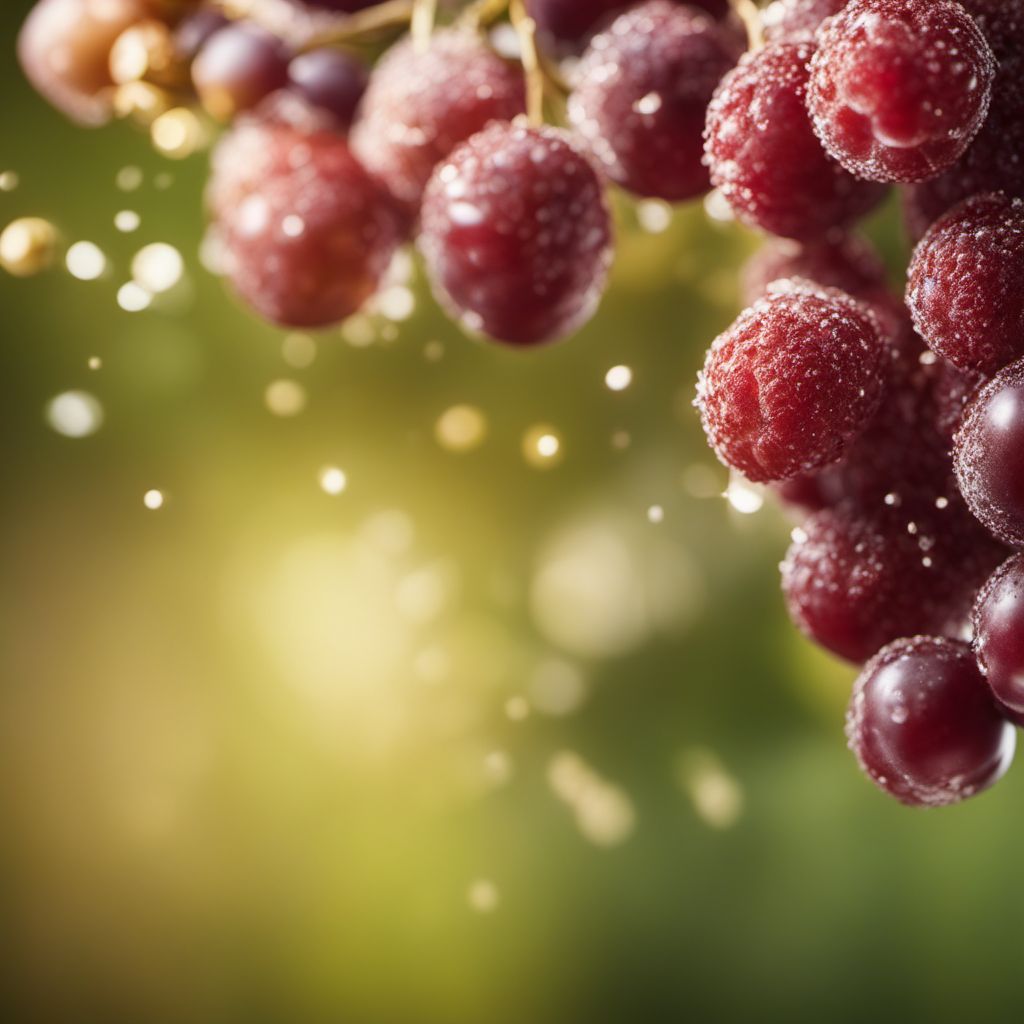
Ingredient
Sparkling wine
Bubbles of Celebration: Exploring the World of Sparkling Wine
Sparkling wine is a type of wine that undergoes a secondary fermentation process, resulting in the production of carbon dioxide bubbles. This process creates the characteristic fizz and effervescence that sets sparkling wine apart from still wines. The bubbles are formed by trapping carbon dioxide gas within the bottle, which is released when the wine is opened. Sparkling wines can vary in color, ranging from pale yellow to golden or even rosé. They can also differ in sweetness levels, from bone-dry to sweet. The texture of sparkling wine is often described as light and refreshing, with a lively mouthfeel. Its appearance is visually appealing, with the bubbles rising to the surface in a mesmerizing display.
Origins and history
The origins of sparkling wine can be traced back to the Champagne region of France, where it was accidentally discovered in the 17th century. The unique climate and soil conditions of Champagne, combined with the expertise of winemakers, led to the development of the traditional method of producing sparkling wine. Over time, sparkling wine production spread to other regions of France and eventually to other countries around the world. Today, sparkling wines are produced in various countries, including Italy (Prosecco), Spain (Cava), and the United States.
Nutritional information
Sparkling wine is relatively low in calories, with an average of 90-120 calories per 5-ounce serving. It is also low in carbohydrates and fat. However, it is important to consume alcohol in moderation and be mindful of the overall calorie intake.
Allergens
Sparkling wine does not contain any known allergens. However, individuals with sulfite sensitivities may need to exercise caution, as sulfites are commonly used as preservatives in wine production.
How to select
When selecting sparkling wine, look for bottles with a tight-fitting cork or crown cap, indicating that the wine has been properly sealed. Check for clear and bright liquid, as well as a well-integrated effervescence. Additionally, consider the sweetness level and flavor profile that suits your preferences.
Storage recommendations
To maintain the freshness and quality of sparkling wine, store it in a cool, dark place away from direct sunlight and temperature fluctuations. Once opened, reseal the bottle tightly and refrigerate it to preserve the bubbles for up to 3-5 days.
How to produce
Producing sparkling wine at home requires specialized equipment and expertise. It involves a secondary fermentation process, which can be challenging for amateurs. It is recommended to leave the production of sparkling wine to professional winemakers.
Preparation tips
Sparkling wine is commonly enjoyed on its own as an aperitif or as a celebratory drink. It can also be used as a base for cocktails, such as mimosas or bellinis. When serving, chill the bottle to the appropriate temperature (around 45-50°F) and pour gently to minimize the loss of bubbles. Use tall, narrow glasses or flutes to showcase the effervescence and aromas.
Culinary uses
Sparkling wine is primarily used as a beverage for celebrations and special occasions. It is also a popular choice for toasting and pairing with appetizers, seafood, and desserts. Its acidity and effervescence make it a versatile ingredient in cooking, adding brightness and complexity to sauces, marinades, and desserts.
Availability
Sparkling wine is commonly available in wine shops, liquor stores, and supermarkets worldwide. It is produced in many countries, including France, Italy, Spain, the United States, and Australia.
More ingredients from this category
Recipes using Sparkling wine » Browse all

Kashmiri-inspired Barolo Risotto
Saffron-infused Barolo Risotto: A Kashmiri Twist on Italian Comfort

Taiwanese-style Dim Sum
Delightful Taiwanese Dim Sum: A Fusion of Flavors
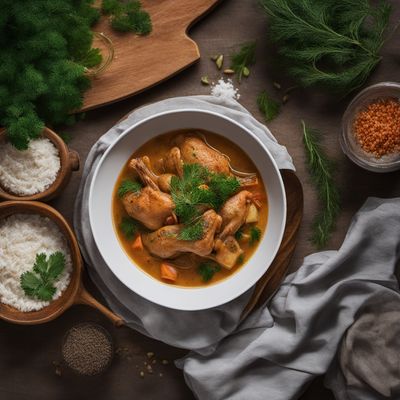
Bulgarian-style Riesling Chicken Stew
Riesling-infused Chicken Delight: A Bulgarian Twist on a French Classic
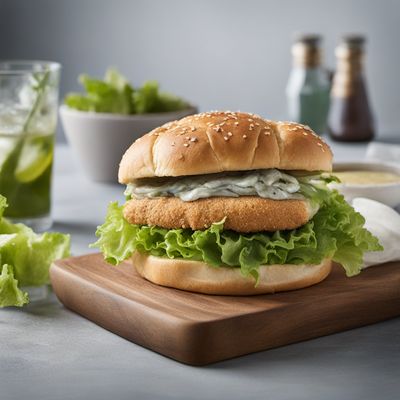
Ceredigion-style Fish Sandwich
Seaside Delight: Ceredigion-style Fish Sandwich

Guizhou-style Spicy Pork Pie
Fiery Pork Delight: Guizhou-inspired Spicy Pork Pie
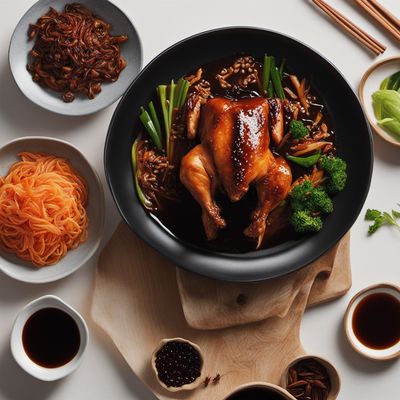
Hong Kong-style Soy Sauce Chicken
Savory Succulence: Hong Kong Soy Sauce Chicken Delight
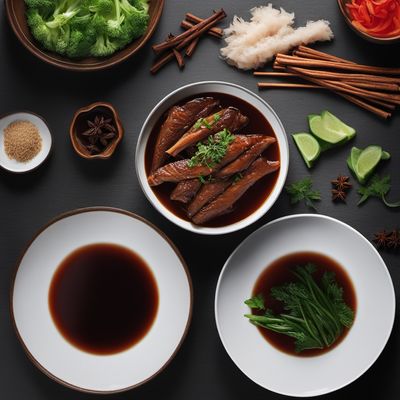
Jiangsu-style Braised Goose
Succulent Jiangsu Goose: A Fusion of Austrian and Chinese Flavors

Bulgarian-style Lace Pancakes
Delicate Bulgarian Lace Pancakes: A Twist on a Classic

Coniglio all'Arneis
Savory Braised Rabbit in Arneis Wine Sauce

Hainanese-style Coratella with Artichokes
Savory Hainanese Delight: Coratella with Artichokes

Anhui-style Braised Guinea Fowl
Tender and Flavorful Braised Guinea Fowl with Anhui Twist
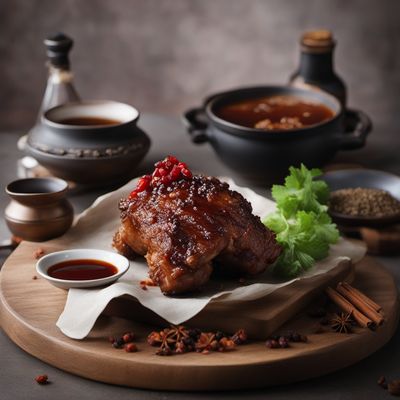
Crispy Henan-style Pork Knuckle
Golden Crispy Pork Knuckle with Henan Flair

